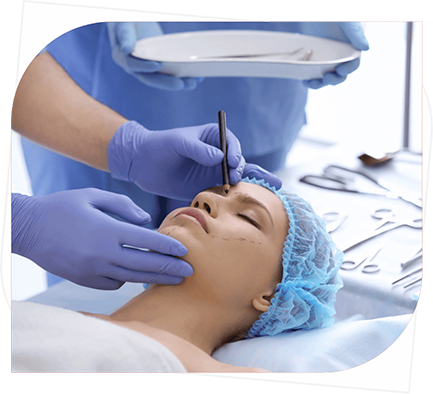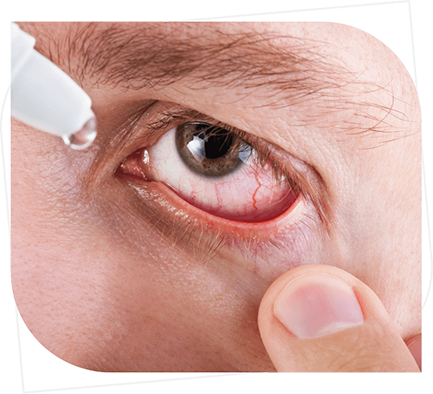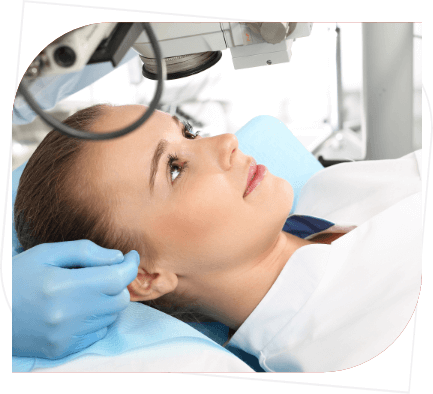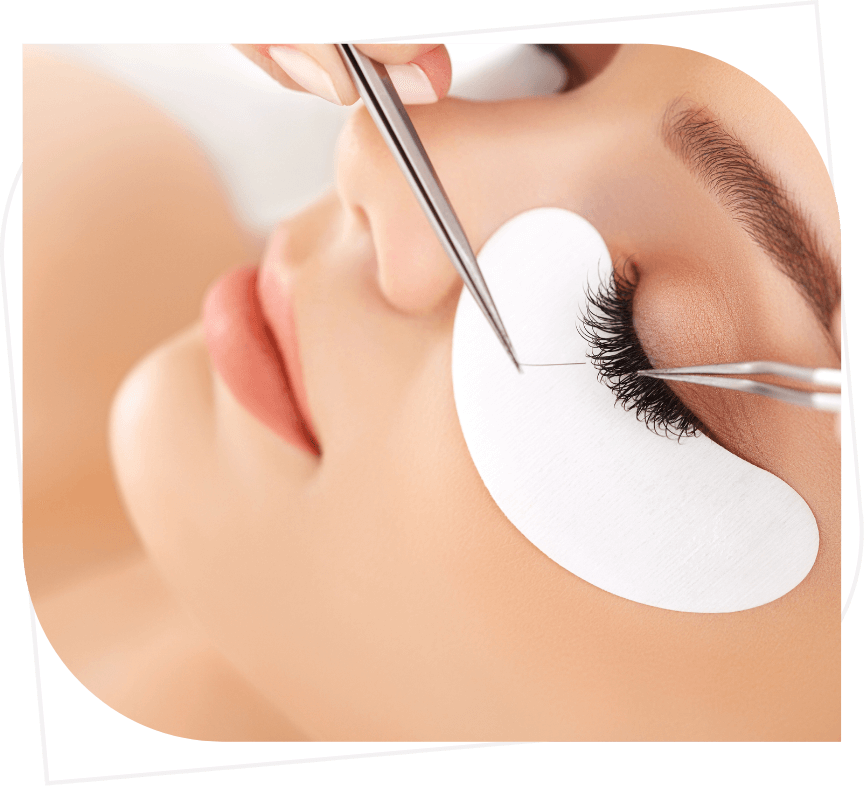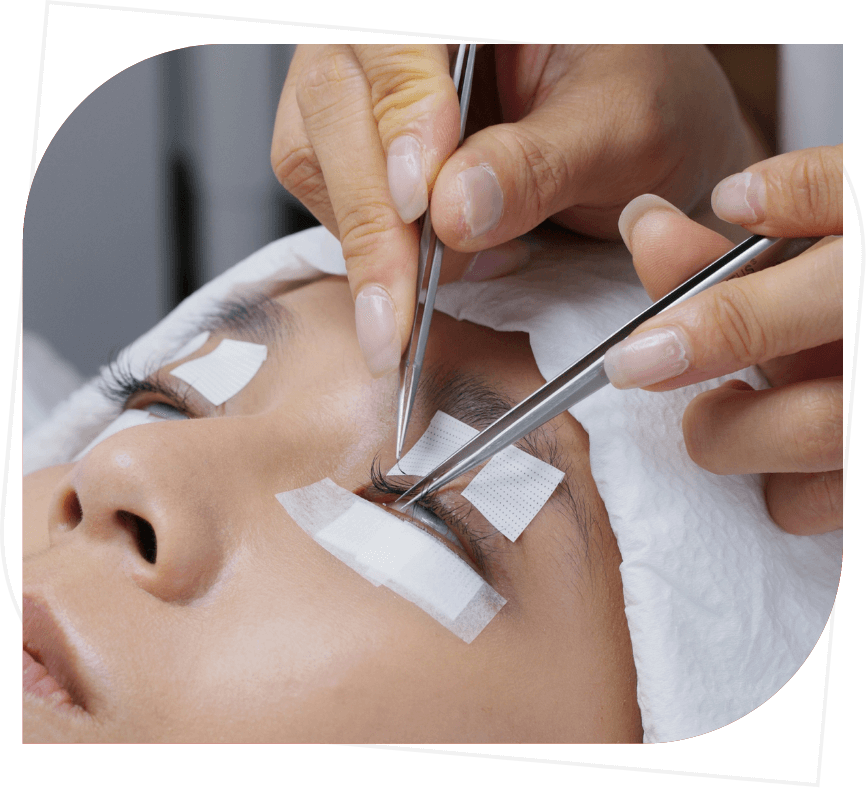Our Services
Eye care focuses on rejuvenating the delicate eye area, addressing issues like dark circles, puffiness, and fine lines. Treatments often include specialized serums, masks, and laser therapies designed to brighten and tighten the skin around the eyes. Expert estheticians customize each session to target specific concerns, ensuring optimal results. Non-invasive procedures such as microdermabrasion and radiofrequency enhance the overall appearance, promoting a youthful and refreshed look. Regular eye care treatments can significantly improve skin texture and reduce signs of aging, making the eyes look more vibrant and awake.

Blepharoplasty
Blepharoplasty, also known as eyelid surgery, is a cosmetic or functional surgical procedure that involves the removal of excess skin, muscle, and sometimes fat from the upper and/or lower eyelids. The primary goals of blepharoplasty are to improve the appearance of the eyelids and to address any functional issues that may be caused by drooping eyelids.
What we love about it?
What sets blepharoplasty apart is its ability to dramatically enhance facial appearance with relatively minimal downtime. Patients often experience increased self-confidence and a more alert, youthful look after the procedure. Whether it’s reducing under-eye bags or lifting drooping eyelids, blepharoplasty delivers natural-looking results that can rejuvenate your entire face. Special testing can be done to see if you qualify to have this covered by insurance.
How does it work?
During blepharoplasty, a skilled surgeon carefully removes excess skin and fat from the eyelids. The procedure can be tailored to address upper eyelids, lower eyelids, or both, depending on your specific concerns. By making precise incisions along the natural folds of the eyelids, the surgeon minimizes visible scarring. After the excess tissue is removed, the remaining skin is tightened and sutured for a smoother, more youthful contour.
What should i expect?
Before the procedure, you’ll have a consultation with your surgeon to discuss your goals and medical history. Blepharoplasty is typically performed under local anesthesia with sedation or general anesthesia, ensuring your comfort throughout the surgery. Recovery time varies, but you can expect some swelling and bruising initially, which usually subsides within a week or two. Most patients can resume normal activities within a few days and enjoy noticeable results within a few weeks as any residual swelling resolves.
What Makes Our Surgery Different?
With CynoSure TempSure Surgical, we get precise laser cutting unmatched by any “scalpel” surgery. We also follow up each Blepharoplasty with a free Red Light LED Treatment to hasten healing and minimize bruising.
What Equipment Is Used?
Revision blepharoplasty procedures utilize the CynoSure TempSure Surgical Laser to ensure precision and safety.
Dry Eye
Tears are made of oil, water, and mucus. Artificial tears help replenish the water layer of the tears, but can also wash away the natural oil and mucus our eyes need. Meibomian Glands help make the oil for our tears and these glands can often be compromised. Aging effects, ocular irritation (contact lenses, cosmetics, allergies, etc), hormonal changes, genetics, diet, dry environment, high cholesterol / triglycerides, autoimmune disorders, and medications (namely accutane (isotretinoin) and glaucoma eye drops) are the most likely causes of MGD.
- IPL helps reduce dry eyes by ameliorating the health of the meibomian glands. IPL reduces inflammation in the glands and heats the oil to liquify it leading to improved secretion. We typically recommend one treatment every 2-4 weeks for four total treatments followed by a maintenance treatment once a year. (https://treatmydryeye.com)
- Radiofrequency helps dry eye by heating the oil glands helping to liquify the oil assisting with draining onto the eye surface. Radiofrequency is a good treatment for dry eye for someone who is not a candidate for IPL.
What we love about it?
What makes addressing dry eye syndrome rewarding is the significant improvement in patients’ quality of life. By relieving discomfort and enhancing eye lubrication, treatments for dry eye can reduce redness, sensitivity to light, and the feeling of dryness or grittiness in the eyes. Patients often experience clearer vision and a newfound comfort in everyday activities, such as reading or using screens.
How does it work?
Treatment for dry eye syndrome varies based on the severity and underlying causes. Common approaches include over-the-counter or prescription eye drops to lubricate the eyes, reduce inflammation, or stimulate tear production. In more severe cases, procedures such as punctal plugs may be used to block tear drainage and keep the eyes moist. Lifestyle changes, like using humidifiers and avoiding smoke or dry environments, can also complement medical treatments.
What should i expect?
If you suspect you have dry eye syndrome, scheduling a comprehensive eye exam with an ophthalmologist or optometrist is the first step. During your consultation, your eye care provider will assess your symptoms, review your medical history, and perform diagnostic tests to determine the best treatment plan. Depending on the recommended treatment, you may need to use eye drops regularly or undergo a minor procedure to manage your symptoms effectively.
What equipment i used?
Diagnosing and treating dry eye syndrome may involve specialized equipment to evaluate tear production, eye surface health, and the quality of tears. Equipment commonly used includes slit lamps for detailed examination of the eyes, tear film tests to measure tear production and quality, and imaging devices to assess eye structure and function. Advanced technologies may also be employed for more accurate diagnosis and personalized treatment plans.
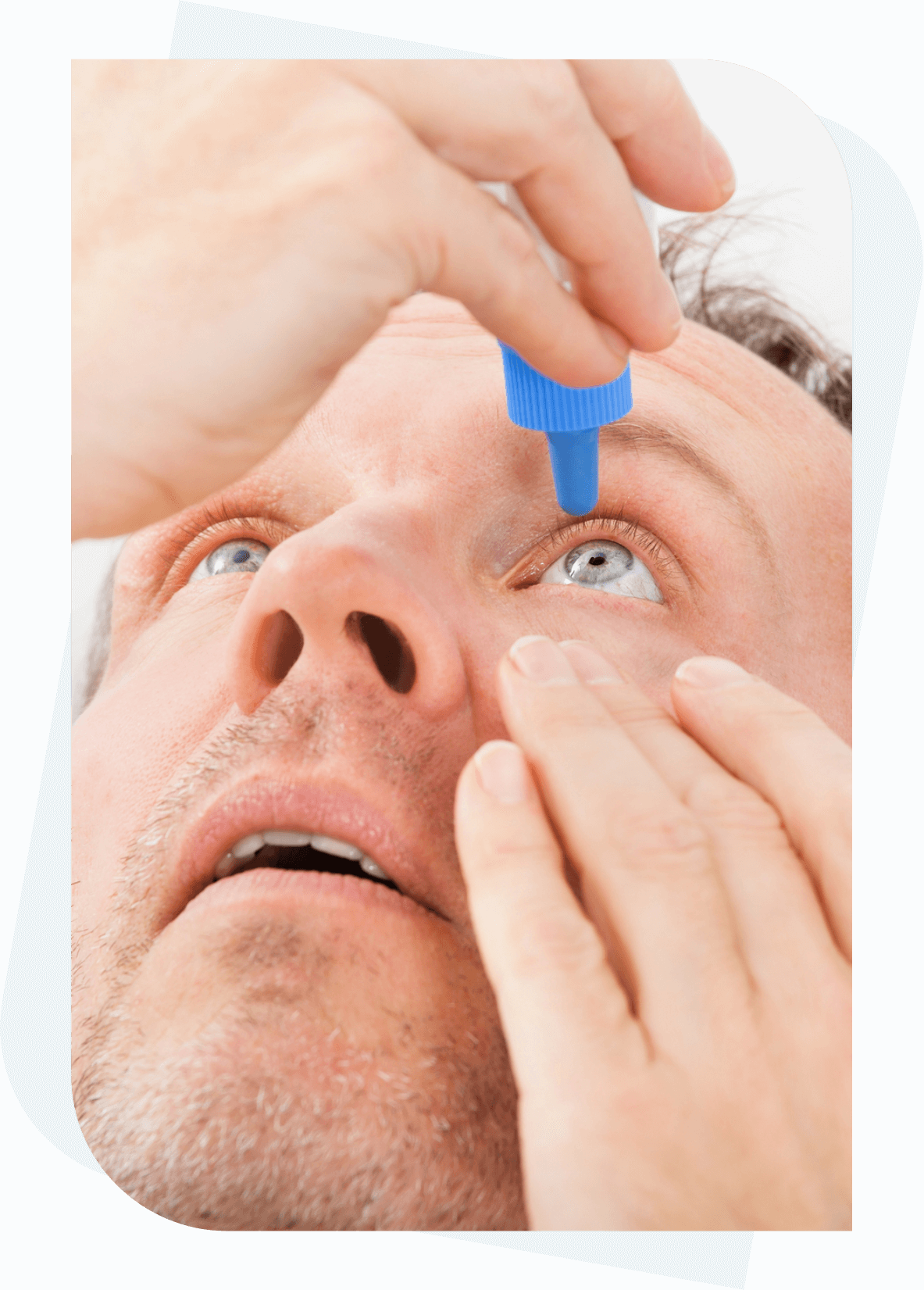
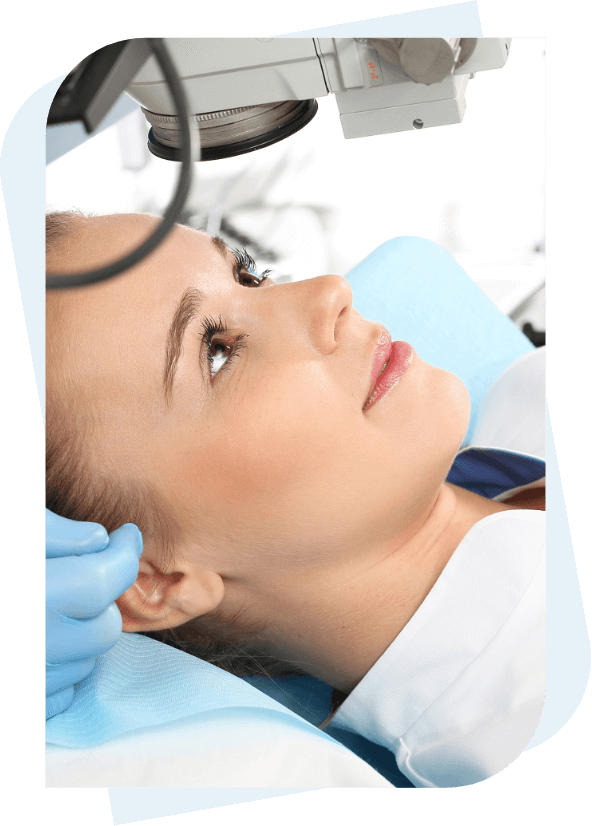
Laser Vision Correction
Refractive Laser Vision Correction is performed at ReVISION MedSpa and Lasik Center through services provided by Dr. Schneider at Schneider Eye Physicians. If you are seeking Laser Vision Correction, we will refer you to Schneider Eye Physicians for your testing and consultation and your treatment will be performed on-site at ReVISION MedSpa and Lasik Center.
What we love about it?
What sets LASIK apart is its ability to provide rapid results and long-lasting vision improvement. Many patients experience immediate vision enhancement after the procedure, with minimal discomfort and a quick recovery time. LASIK not only improves visual clarity but also enhances quality of life by freeing individuals from the hassle of corrective eyewear. The procedure is highly customizable, tailored to each patient’s unique vision needs and desired outcomes.
What does it work?
During LASIK surgery, the surgeon uses an excimer laser to reshape the curvature of the cornea, allowing light to focus more precisely on the retina. Before the procedure, your eye will be numbed with eye drops to ensure comfort. The surgeon creates a thin flap in the outer layer of the cornea, which is gently folded back to access the underlying tissue. The laser then reshapes the corneal tissue based on precise measurements obtained during pre-operative evaluations. The flap is then repositioned, where it adheres naturally without the need for stitches.
What should i expect?
Before LASIK, you’ll undergo a comprehensive eye examination to determine if you are a suitable candidate for the procedure. This evaluation assesses factors such as corneal thickness, refractive errors, and overall eye health. On the day of surgery, you’ll be awake but may receive a mild sedative to help you relax. The procedure itself typically takes only a few minutes per eye, and most patients experience improved vision immediately afterward. Mild discomfort and sensitivity to light are common initially, but these usually subside within a day or two.
What Equipment Is Used?
LASIK surgery relies on advanced laser technology and precise instruments to ensure safety and accuracy. Key equipment includes femtosecond lasers for creating corneal flaps with unmatched precision and excimer lasers for reshaping the cornea. High-resolution imaging systems are used for detailed mapping of the cornea, guiding the surgical process and enhancing outcomes. Surgeons also use sophisticated tools for eye stabilization and patient comfort throughout the procedure.
Misdirected Lashes
Misdirected lashes, clinically known as trichiasis, occur when eyelashes grow inward towards the eye instead of outward. This condition can lead to irritation, redness, and discomfort as the lashes rub against the surface of the eye. Trichiasis may result from various factors including aging, scarring from injuries or infections, or certain skin conditions. Treatment is essential to prevent corneal damage and improve comfort.
What we love about it?
What makes treating trichiasis rewarding is the immediate relief it brings from eye irritation and discomfort. By redirecting misdirected lashes away from the eye surface, treatment can significantly reduce symptoms such as tearing, foreign body sensation, and sensitivity to light. Patients often experience improved eye health and comfort, allowing them to resume daily activities without the constant irritation caused by the misdirected lashes.
How does it work?
Treatment for trichiasis typically involves removing or redirecting the misdirected eyelashes to prevent them from rubbing against the eye. This may be achieved through several methods, including:
- Epilation (Plucking): Temporary relief by manually removing the misdirected lashes.
- Electrolysis: Permanent removal of misdirected lashes using a small electric current to destroy the hair follicle.
- Cryotherapy: Freezing of lash follicles to inhibit lash growth.
- Surgery: In more severe cases or when other methods are ineffective, surgical procedures such as lid margin rotation or tarsal fracture may be recommended to reposition the eyelid and prevent lash contact with the eye.
Your ophthalmologist will determine the most suitable treatment based on the severity of your condition and underlying causes.
What should i expect?
If you suspect you have trichiasis, it’s crucial to seek evaluation by an eye care specialist. During your consultation, your ophthalmologist will examine your eyes, assess the position of your lashes, and discuss treatment options tailored to your needs. Depending on the chosen treatment, you may experience temporary discomfort or mild swelling immediately after the procedure. Recovery time varies depending on the method used but typically involves minimal downtime.
What equipment is used?
Treating trichiasis may involve specialized tools and equipment designed to ensure precise and effective management of misdirected lashes. Commonly used equipment includes fine-tipped forceps or tweezers for epilation, specialized probes for electrolysis, cryotherapy devices for freezing lash follicles, and surgical instruments for more complex procedures. High-resolution magnification systems may also be used to enhance precision during treatment.
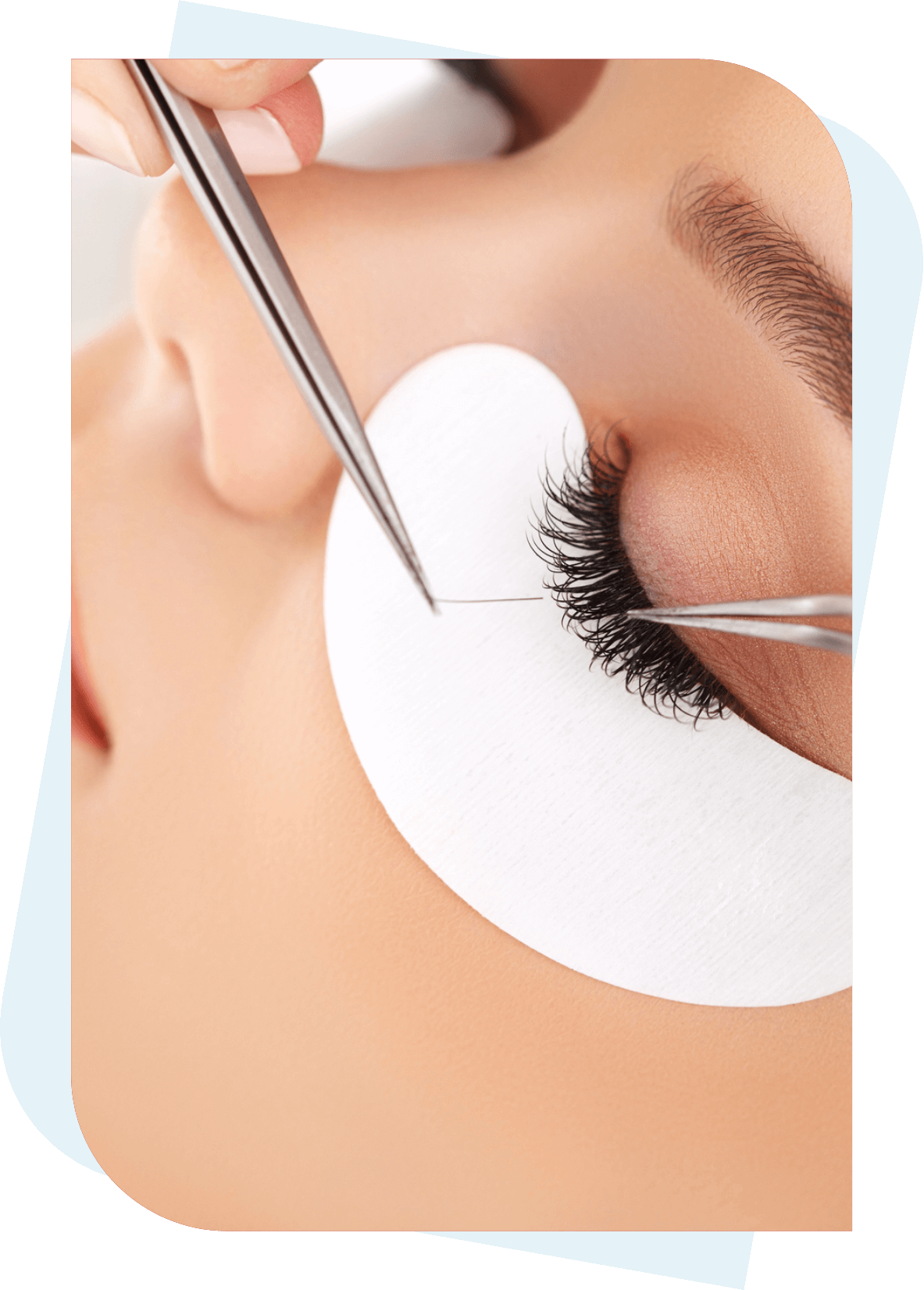
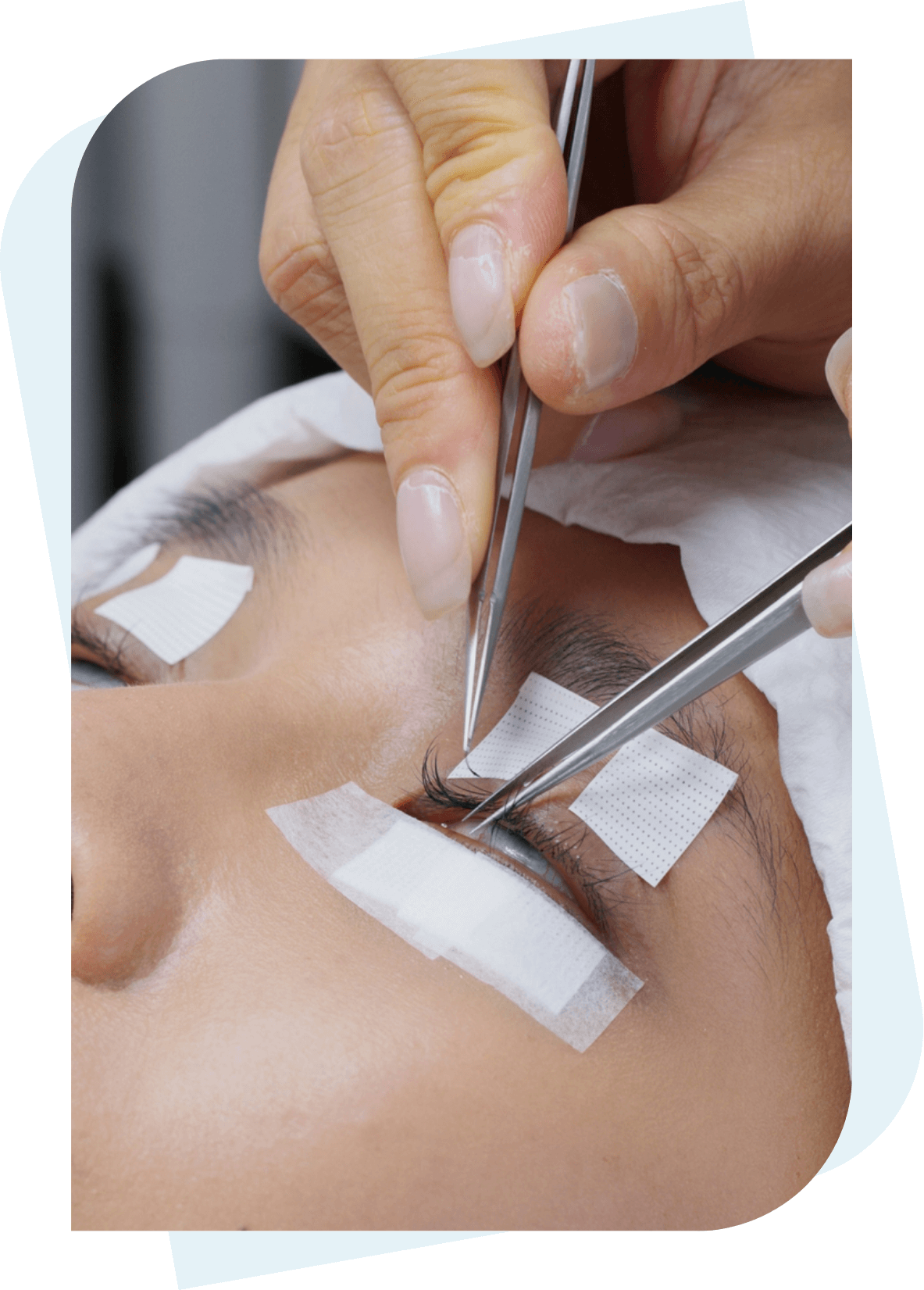
Stye and Chalazia Treatment
Styes and chalazia are common eyelid conditions that can cause discomfort and affect your vision. A stye is a painful, red bump near the edge of your eyelid, often filled with pus, while a chalazion is a painless, firm lump caused by a blocked oil gland. Both conditions can be effectively treated with professional medical care to relieve symptoms and prevent recurrence.
What does we love about it?
Our comprehensive treatment approach is tailored to each patient’s needs, ensuring quick relief and long-term results. We combine advanced technology with compassionate care, allowing you to return to your daily activities with minimal disruption. Our patients appreciate the personalized attention and effective treatments that lead to noticeable improvements in their comfort and eye health.
How does it work?
Treatment for styes and chalazia begins with a thorough examination to determine the severity and cause of the condition. For styes, our specialists may prescribe antibiotics or recommend warm compresses to reduce inflammation and promote drainage. In more severe cases, a minor surgical procedure might be necessary to drain the stye. For chalazia, warm compresses and gentle massage can often resolve the issue, but persistent cases may require a corticosteroid injection or surgical removal.
What should i expect?
You can expect a thorough consultation with our eye care professionals who will explain the treatment options and recommend the best course of action. Depending on the chosen treatment, you may experience immediate relief or a gradual improvement over a few days. Follow-up appointments ensure that your recovery is on track, and any concerns are promptly addressed.
What Equipment Is Used?
Our clinic is equipped with state-of-the-art medical devices to diagnose and treat styes and chalazia effectively. We use high-quality imaging tools for precise diagnosis, sterile instruments for minor surgical procedures, and advanced medication options for non-invasive treatments. Our commitment to using the latest technology ensures that you receive the best possible care for your eye condition.

